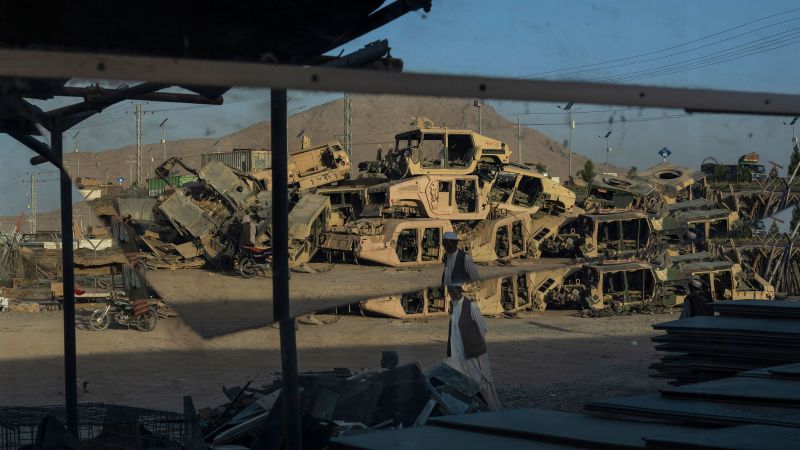New US intelligence assessments suggest that is “unlikely” al Qaeda will revive in Afghanistan and Pakistan and that counterterrorism operations by the Taliban in Afghanistan have degraded the Islamic State’s presence there, two senior US officials said on Friday.
The assessments described by the officials in a briefing to reporters paints an optimistic picture of the overall terrorist presence in Afghanistan, suggesting it has been waning despite the US military’s withdrawal from the country in 2021.
Since the chaotic withdrawal from Afghanistan – and as the US has shifted intelligence resources away from counterterrorism priorities to focus on China and Russia – the Biden administration has been at pains to emphasize that it retains “over the horizon” capabilities to track terrorism threats emanating from South Asia.
Still, some US officials have privately raised concerns that as the US has transitioned intelligence assets away from the Middle East and South Asia, the Biden administration may struggle to track the threat posed by ISIS, which continues to operate in ungovernable areas in Syria and elsewhere.
ISIS-Khorasan, the Afghanistan affiliate of ISIS, has continued to attack high-profile targets inside Afghanistan. ISIS-K attacks have killed and wounded dozens of civilians since the Taliban took over in 2021, part of an attempt to undermine the Taliban’s rule and erode public confidence in its assurances of security.
ISIS-K carried out the Abbey Gate bombing that killed 13 US servicemembers in 2021 – the last to die in America’s longest war. Between late 2022 and early 2023, the group attacked the Pakistani and Russian embassies, hit a hotel where Chinese business representatives were staying and carried out an explosion at an air force compound, CNN has reported.
“ISIS-K is a threat that we are certainly concerned about, from an external operations perspective,” one of the officials said. “But it’s a fundamentally different kind of threat than what we saw from al Qaeda on 9/11.”
The officials added that intelligence shows ISIS-K has been under increasing pressure from the Taliban and many of its key leaders have fled the country in recent months, the officials said.
“ISIS Khorasan members involved in media, facilitation and recruitment in support of external operations are increasingly moving to neighboring countries to evade the Taliban [counterterrorism] campaign,” the official said.
The officials said that the threat from al Qaeda, meanwhile, is at its lowest point in decades.
“Al Qaeda is at its historical nadir in Afghanistan and Pakistan, and its revival is unlikely,” one of the senior officials told reporters in a briefing, adding that the group’s “ability to threaten the United States from Afghanistan or Pakistan is probably at its lowest point” in decades.
That is at least partly because al Qaeda has lost one of its primary targets: US troops, the official said. The US withdrew its forces from Afghanistan in August 2021, leaving al Qaeda without a “proving ground” to train fighters and operatives.
After a US drone strike killed al Qaeda leader Ayman al-Zawahiri in August 2022, the group was left without “leadership talent” and “strategic guidance,” the official added. The Taliban claimed at the time that they did not know Zawahiri was residing in the Afghan capital of Kabul when the US targeted him.
Notably, the US assessments downplaying a terrorist resurgence appear to contrast with a report released in June by the United Nations’ Sanctions Monitoring Team, which assessed that al Qaeda “is in a reorganization phase,” and had been establishing new training facilities in Afghanistan’s Kunar and Nuristan provinces.
The report also said that ISIS-K “continues to pose a significant threat within Afghanistan, and Member States are concerned about its potential to develop external operations capability and to project a threat into the region and beyond.”
Asked about the contrast between the US and UN assessments, one of the senior officials said the UN report was “wildly out of whack” with intelligence collected by the US and its partners.
“We have tried to engage with those who produced the report to understand where it comes from better and ideally, educate them back,” the official said. “The bottom line is, that report is an outlier within the UN system.”
Read the full article here





